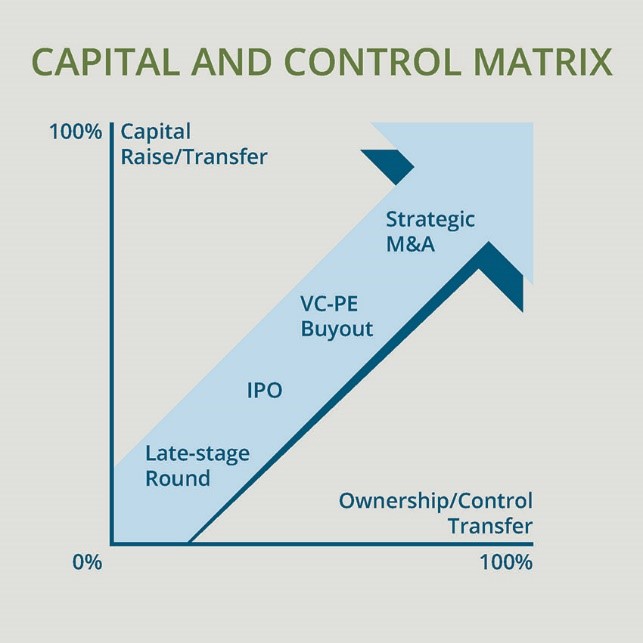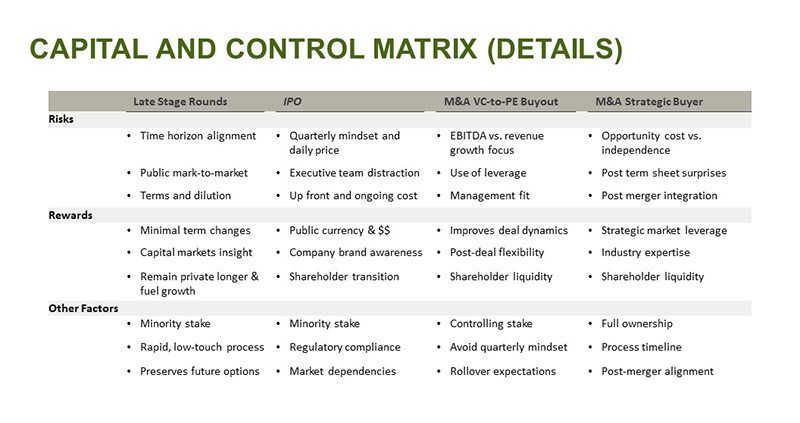Pictured Forest, Alan and Len
Last week, Create33 hosted a panel for startups on The Board of Directors – how to manage, form, and think about them in the company building process. Len Jordan, managing director at Madrona, Forest Key, founder and CEO of Pixvana and Alan Smith of Fenwick & West talked about good and bad board experiences and gave some top tips for getting started and staying on an even keel.
What is the purpose of a board for a startup founder/company?
Everyone agreed that the board is a resource for a founder to leverage and one they can’t afford to ignore. Board members are there to help you build your business by bringing knowledge, experience, relationships and perspective you as a founder may not have. This means you need to choose your board members wisely. Look for people who can work well in groups, are prepared to dig in and spend the time and who have skills and experiences you don’t.
How early is too early to start a board? Never too early.
But there are some considerations:
Size In the early (pre-A series) stage, your board should be small – you, an angel investor, an independent advisor with strong business and domain expertise – would be a good size. You have to keep in mind that as you add investors in venture rounds, those investments usually come with a board seat. And if the board gets too big, it’s not that useful. It’s hard to have great conversations with big groups – and that’s what having a board is all about. Getting into hard problems, looking ahead and coming up with steps for growth. Amazon, the largest market cap company in the US (most days) has 10 people on their board. Also beware of too many board observers. Observers are in the room but don’t vote.
Advisory Board vs Board of Directors: What is the difference? Governance and scope of engagement are the main differences. Many companies have both types of boards. Advisors often have specific domain expertise that is useful but are not necessarily company builder types. Advisory board members should be set up to serve a set amount of time and then, if you pivot your business and that advisory board member doesn’t make sense for your business, there is a pre-arranged way to say goodbye. There was also a thread about changing out independent board members or advisory board members. It’s never easy – the advice was to make sure you set up the compensation and board member agreement ahead of time so it’s clear what the steps are for all involved. And, as with any type of management situation, stay very connected and transparent in your communication. For your venture investors, it is very rare for a firm to trade out board members, and they are usually on your board for the long haul. Pick your investors carefully, do as much diligence on the partner as they do on your company and test-drive independent directors as advisors first to get to know them and understand their value-add and chemistry with your team.
Why have a board so early?
Building a company is a group process, especially once you take outside capital and bring investors onto your board who now have a very vested interest in your success. Founders and companies who don’t have the motion of spending time looking outside of the company for insight into problems and solutions can run into problems. Venture investors at early stages are looking to partner and seeing the founder be forward thinking about running his or her business shows that there is a fit.
What is appropriate compensation for board members?
Investor board members generally do not receive compensation from the company but independent board members and advisory board members need to be compensated. You would want to draw up agreements for each of these members that outlines the payment and vesting schedule – and puts some time limits in place for re-evaluation. Typical compensation is a standard stock option grant in a range between .25-.5% of outstanding equity. The amount should be the same for every director.
How do you choose board members?
When you think about your board – they will likely be with you for 10-15 years so you should think carefully about who those people are. This is also an important step in taking venture financing. You get money and assistance from a firm, but the partner is the one you will spend the most time with. Get to know him/her and how they think before you go down that road.
For independent board members, the panel urged that founders think about choosing people with experiences different from your own. Your mentor at your old job is not a good fit – they shared that information with you already. That person is a friend and you can get advice for free from them without complicating things.
How do you run board meetings?
This starts before the board meeting. The group was unanimously in agreement that the board presentation should be sent around ahead of time (2-3 days) and you should expect that everyone will have read it ahead of time. This means you can zero in on opportunities and challenges that you, your exec team and board members want to address (you should ask ahead if things stand out to them) and also use the time creatively to address bigger strategic questions/alternatives and tradeoffs you face.
How do you work with your board outside of board meetings?
Early and often was the advice on this! Regular communication with board members is highly encouraged. Send weekly or monthly updates (depending on size and your inclination) and don’t hide the bad news. Put that upfront and be transparent. Meet with board members outside of the board meeting 1:1 – that is where good ideas come up and you can more easily discuss challenges. There were examples of a biweekly coffee with a director, a Sunday evening email that summarizes the week prior and pre-meetings with board members ahead of a monthly or quarterly meeting. One person said they usually send out 4-5 topics that could be discussed at a board meeting to see what board members are interested in.
Regular communication with board members is highly encouraged. Send weekly or monthly updates (depending on size and your inclination) and don’t hide the bad news. Put that upfront and be transparent.
Who from your company should be in a board meeting?
Remember the size discussion above? Keep that in mind but know that your board needs to hear from leaders in the company – they might want to meet with them 1:1 too. Pull the right people in to discuss issues and present their areas of the business – it’s great for your internal team to know the external team.
- For more on this check out Len Jordan’s (timeless) TechCrunch post – just don’t comment on the photo’s role in the timeless comment!
- For more events at Create33 – sign up to receive their newsletter!
Alan Smith is chair of Fenwick & West’s corporate practice. The firm provides comprehensive legal services to leading technology and life sciences companies — at every stage of their lifecycle — and the investors that partner with them.
Forest Key is founder and CEO of Pixvana. Pixvana, a virtual reality solutions provider, helps enterprises develop cutting-edge approaches to solve business challenges in innovative ways. The company is venture-backed by Vulcan Capital, Madrona Venture Group, Microsoft, Cisco, Raine and Hearst Ventures.
Len Jordan is a managing director at Madrona Venture Group, an early stage venture firm investing in information technology with a regional focus on Seattle. The firm has with nearly $1.6 billion under management.

